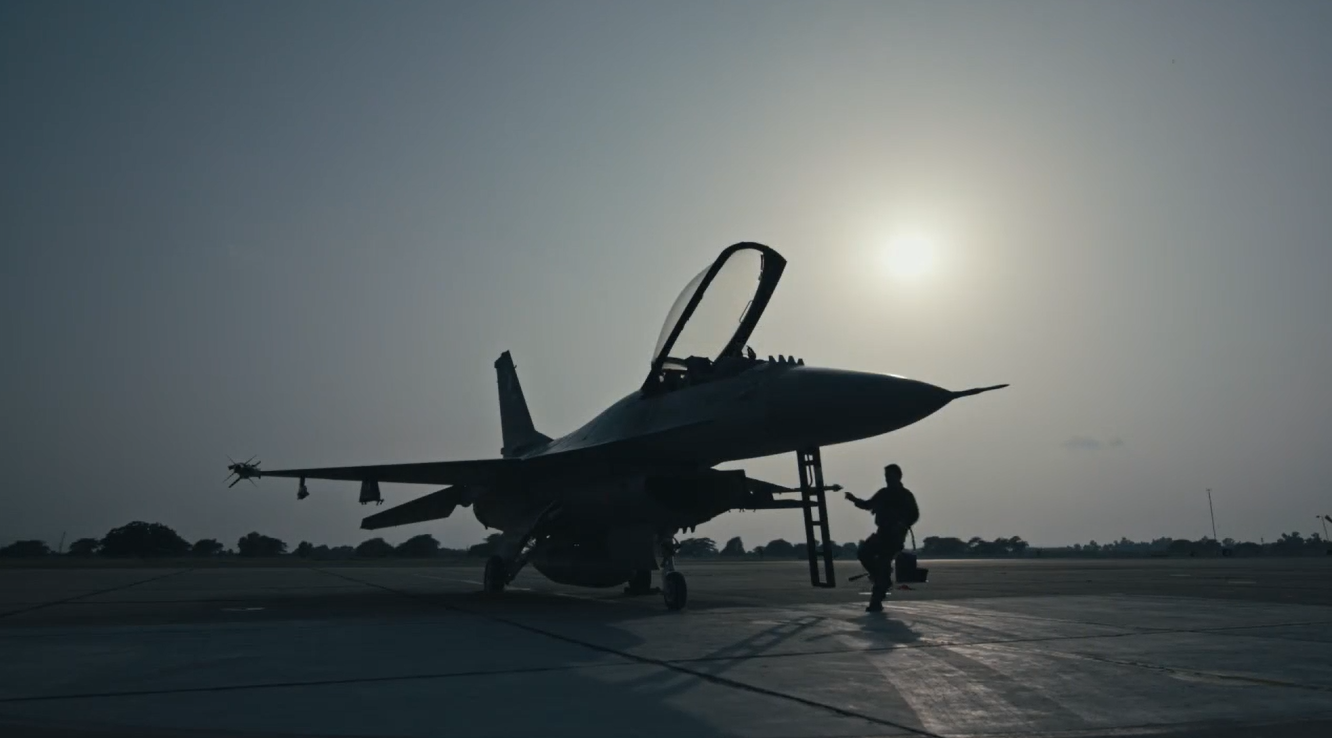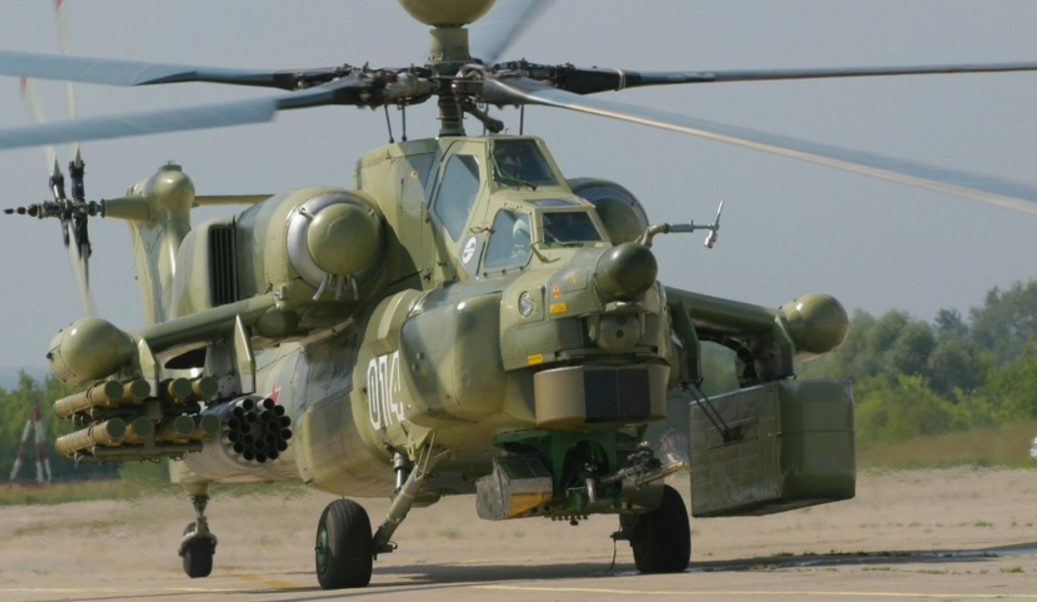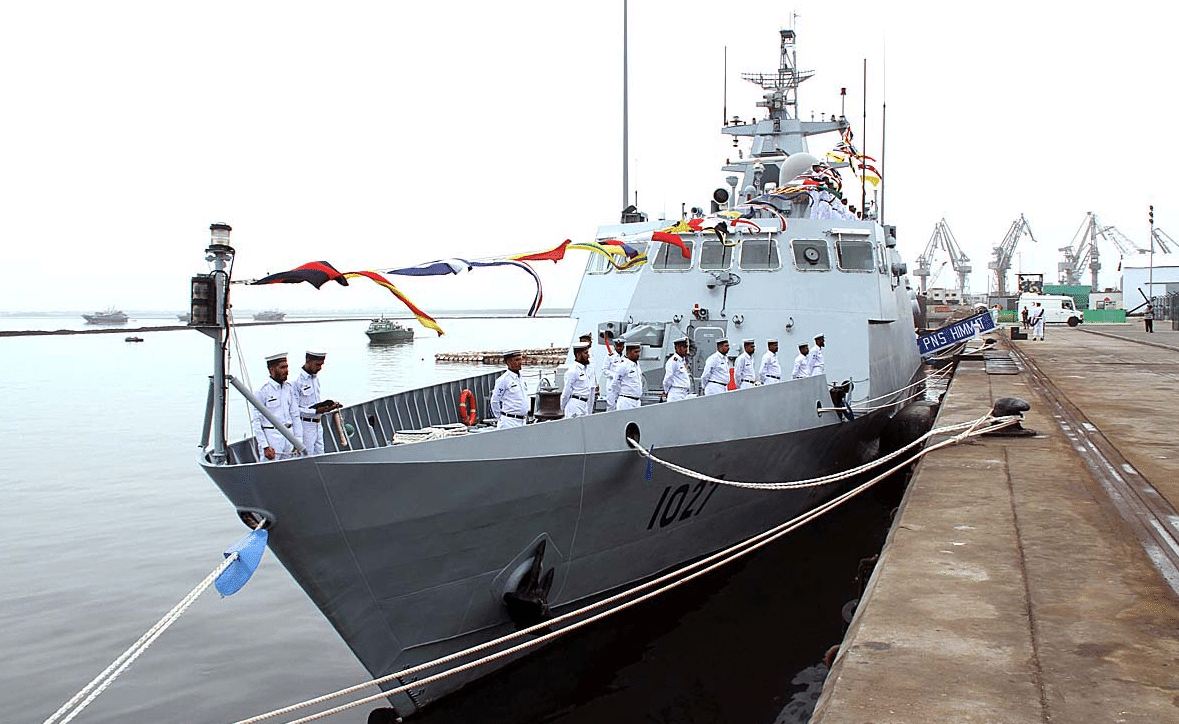32Views 126Comments

Opinion: Pakistan needs to step back from new F-16s
In the latest round of criticism directed towards the White House, a number of U.S. lawmakers have raised fresh concerns about the Obama administration’s decision to sell eight Lockheed Martin F-16C/D Block-52+ multi-role fighters to Pakistan.
The deal, which was set at $700 million U.S., involved eight aircraft as well as maintenance support.
The White House originally planned to subsidize the sale through the Foreign Military Financing (FMF) program. Close to 50% of the contract was to be supported by FMF under the pretext of supporting the Pakistan Air Force (PAF)’s counter-terrorism efforts.
However, key factions of Congress were not convinced that public funds should go towards backing the sale. In fact, some would even rather the U.S. walk away from it entirely.
At this point, it should be abundantly evident that there is enough political friction in American political circles to scuttle most big-ticket arms sales and transfers to Pakistan.
The PAF – and Pakistani armed forces generally – need to ascertain whether the struggle and chastisement is worth it, especially for so few aircraft. Granted, the F-16s are the ideal solution for the interim, especially given the fact that the PAF already possesses the maintenance infrastructure to readily induct them, but does that alter the reality that these birds are becoming increasingly onerous to acquire? What is the point of this dependency when one must endure chastisement from foreign politicians (over the sacrifices made by many Pakistanis since Pakistan’s decision to support the U.S. War on Terror)?
Given that Pakistan was still going to pay for a portion of the contract, would it not be wise to direct those funds towards the JF-17 program instead? One can rightly argue that the F-16 is the superior system, especially in terms of range and payload. However, Pakistan has authority over the JF-17, and as such, it has the right to undertake the upgrades and modifications it desires.
It is not the F-16 that will carry the Ra’ad air-launched cruise missile (ALCM), it will be the JF-17. It is not the F-16 that will carry stand-off weapons such as H-2 or H-4, it will be the JF-17. In fact, the nucleus of the PAF’s suppression of enemy air defence (SEAD) capability stems from anything but the F-16; the MAR-1 was integrated onto the Mirage and JF-17. The PAF has not even secured the AIM-9X for the F-16, and it will probably not be able to get U.S. approval to integrate the IRIS-T. Once more, it will be the JF-17 that will introduce a high off-boresight (HOBS) air-to-air missile (AAM).
It has to be asked – what new qualitative capability is the $70-80 million a unit F-16 Block-52+ bringing to the PAF? The JF-17 Block-III is the only platform in the PAF’s pipeline that will assuredly bring active electronically-scanned array (AESA) radars (and HOBS AAM, stand-off strike munitions, etc) to the main PAF fighter fleet. Moreover, even in areas where the JF-17 is deficient, the PAF at least has the freedom to iterate and upgrade the platform’s subsystems at a pace that is quicker than that of the F-16.
While the F-16 was certainly the leading catalyst for introducing new qualitative capabilities to the PAF five or six years ago, there is nothing in the F-16 pipeline that is going to bring the PAF subsystems such as AESA radars, or HOBS AAM, or even munitions for SEAD. Stringent end-user requirements put in place by the U.S. will inhibit the PAF from quickly integrating new subsystems and weapons onto the F-16. The fact that the JF-17 Block-III is poised to take on AESA radar sooner than the F-16 is proof of this fact.
If the PAF was going to commit $270-350 million U.S. in national funds towards new F-16s, would it not be better to simply invest those precious funds into the JF-17 program? It is certain that the JF-17 Block-III will be a comparatively pricier aircraft compared to the JF-17 Block-II, so why dilute the funding capacity by putting a portion of it towards an evidently indifferent (if not potentially harmful) supplier?
With the JF-17, the PAF’s supply channel is split between an increasingly capable domestic base and a more dependable foreign supplier (i.e. China). Not only does the PAF benefit from being able to assuredly operate the JF-17 in times of crises (by having access to an abundance of spare parts and being able to produce attrition replacements), but it can also operate it in a more affordable manner (by tapping into the costs of local production, or in the worst case scenario, import from China).
Let us assume that $270 million U.S. was set aside to take risks; why take a risk with America? Why not spend that money towards the risky route of enhancing Pakistan’s domestic development base? Why not incur the risk of putting that money down towards the AVIC FC-31 next-generation fighter? There are many other risky avenues to embrace (such as trying to locally develop ECM suites), why waste it on F-16s that do not alter the qualitative gap between India and Pakistan in any way?
We have reached a stage where pursuing new-built F-16s has become less of engaging in a trade-off (political uncertainty for qualitative edge or improvement), and more of besetting Pakistan and the Pakistan Air Force with an unnecessary burden (and embarrassment on the international stage). This is the moment where a strong and uncompromising policy towards self-dependence needs to be embraced. The short-term may be arduous, but the foundations laid today will be of immense benefit tomorrow.


